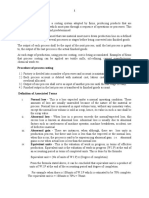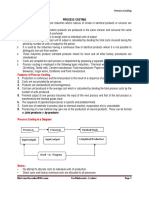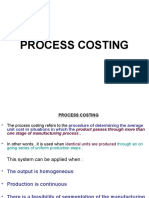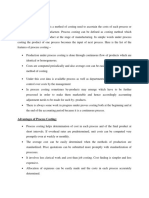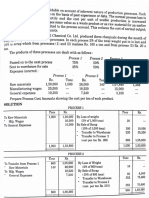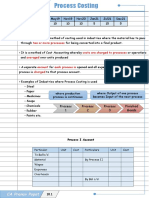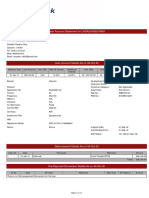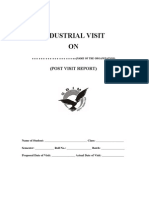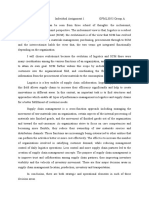0% found this document useful (0 votes)
7 views22 pagesWua Lecture Notes Process Costing
The document outlines the objectives and principles of process costing, a method used for continuous production of similar products through sequential processes. It explains key concepts such as normal loss, abnormal loss, and abnormal gain, along with their calculations and treatments in accounting. Additionally, it provides examples and illustrations to demonstrate how to prepare process accounts and handle losses in manufacturing.
Uploaded by
matopesalome14Copyright
© © All Rights Reserved
We take content rights seriously. If you suspect this is your content, claim it here.
Available Formats
Download as PPTX, PDF, TXT or read online on Scribd
0% found this document useful (0 votes)
7 views22 pagesWua Lecture Notes Process Costing
The document outlines the objectives and principles of process costing, a method used for continuous production of similar products through sequential processes. It explains key concepts such as normal loss, abnormal loss, and abnormal gain, along with their calculations and treatments in accounting. Additionally, it provides examples and illustrations to demonstrate how to prepare process accounts and handle losses in manufacturing.
Uploaded by
matopesalome14Copyright
© © All Rights Reserved
We take content rights seriously. If you suspect this is your content, claim it here.
Available Formats
Download as PPTX, PDF, TXT or read online on Scribd
/ 22
